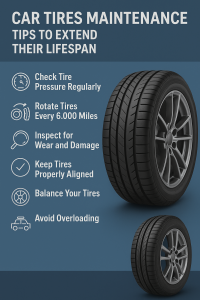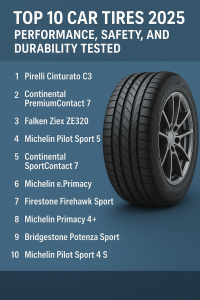Hybrid Technology Developments: Paving the Way to Greener Mobility

In recent years, hybrid technology has emerged as a pivotal solution in the automotive industry’s pursuit of more sustainable and efficient vehicles. This technology combines traditional internal combustion engines with electric propulsion systems, offering drivers improved fuel economy and reduced emissions. The ongoing developments in hybrid technology continue to shape the future of transportation, catering to both environmental concerns and consumer demands for cleaner mobility solutions.
Evolution of Hybrid Technology
The evolution of hybrid vehicles dates back to the late 20th century when manufacturers began experimenting with combining internal combustion engines with electric motors. The Toyota Prius, introduced in the late 1990s, marked a significant milestone as the first mass-produced hybrid car. Since then, hybrid technology has undergone substantial advancements, leading to improved performance, efficiency, and affordability.
Types of Hybrid Systems
Hybrid vehicles come in various forms, each employing a different combination of combustion engines and electric motors:
- Full Hybrid: These vehicles can run solely on electric power, gasoline power, or a combination of both. They feature larger battery packs and can drive at low speeds using electric power alone.
- Mild Hybrid: In this system, a smaller electric motor assists the gasoline engine, primarily during acceleration. The electric motor cannot propel the vehicle independently but helps in improving fuel efficiency.
- Plug-In Hybrid: Plug-in hybrids offer extended electric-only driving ranges by allowing the battery to be charged via an external power source. This enables more frequent electric driving and reduces overall gasoline consumption.
Advancements in Battery Technology
One of the critical components of hybrid vehicles is the battery system. Recent advancements in battery technology have significantly enhanced the performance and efficiency of hybrids. Lithium-ion batteries, commonly used in hybrid and electric vehicles, have seen improvements in energy density, charge/discharge rates, and durability. These advancements have led to longer electric driving ranges and quicker charging times, making hybrids more practical and appealing to consumers.
Integration of Regenerative Braking
Hybrid vehicles often incorporate regenerative braking systems, which capture kinetic energy during deceleration and braking. This energy is then stored in the battery for later use, reducing energy wastage and improving overall efficiency. Regenerative braking not only enhances fuel economy but also contributes to extending the lifespan of the vehicle’s braking system.
Hybridization in Different Vehicle Segments
Hybrid technology is no longer limited to compact cars like the Prius. Automakers are now integrating hybrid systems into various vehicle segments, including SUVs, trucks, and even sports cars. This expansion demonstrates the versatility and scalability of hybrid technology across different market demands and driving preferences.
Environmental Benefits and Regulatory Influence
The adoption of hybrid technology plays a crucial role in reducing greenhouse gas emissions and curbing air pollution. Governments worldwide are incentivizing the production and purchase of hybrid vehicles through tax credits, rebates, and emissions regulations. These policies encourage automakers to prioritize hybrid development and accelerate the transition toward cleaner transportation alternatives.
Future Prospects and Innovations
Looking ahead, the future of hybrid technology appears promising. Automakers are exploring advanced hybrid systems, such as series-parallel hybrids and hydrogen fuel cell hybrids, to further enhance efficiency and performance. Additionally, the integration of connectivity and smart features into hybrid vehicles is poised to revolutionize the driving experience while optimizing energy usage.
Conclusion
Hybrid technology continues to evolve and revolutionize the automotive landscape, offering a compelling compromise between traditional combustion engines and fully electric vehicles. With ongoing advancements in battery technology, improved efficiency, and expanding vehicle applications, hybrids are becoming an integral part of the transition toward sustainable mobility. As consumer preferences shift toward cleaner and greener transportation options, hybrid vehicles are poised to play a central role in shaping the future of automotive innovation.







1 thought on “Hybrid Technology Developments: Paving the Way to Greener Mobility”